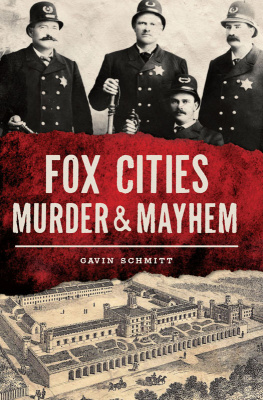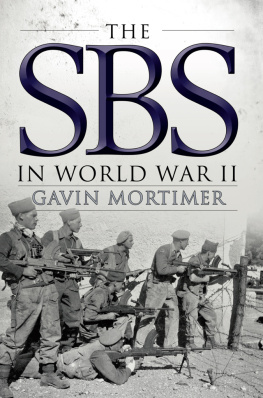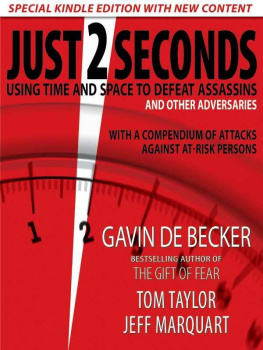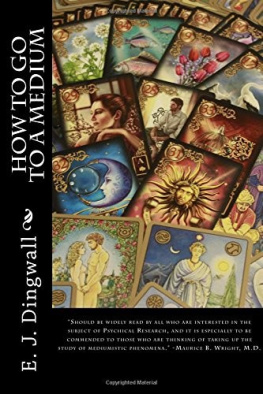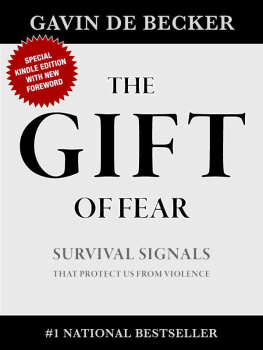Alcohol and Crime
Alcohol and Crime
Gavin Dingwall
First Published by Willan Publishing 2006
This edition published by Taylor & Francis 2011
2 Park Square
Milton Park
Abingdon
OX14 4RN
Published simultaneously in the USA and Canada by
711 Third Avenue
New York
NY 10017
Routledge is an imprint of the Taylor & Francis Group
Gavin Dingwall 2006
The rights of Gavin Dingwall to be identified as the author of this book have been asserted by him in accordance with the Copyright, Designs and Patents Act of 1988.
All rights reserved; no part of this publication may be reproduced, stored in a retrieval system, or transmitted in any form or by any means, electronic, mechanical, photocopying, recording or otherwise without the prior written permission of the Publishers or a licence permitting copying in the UK issued by the Copyright Licensing Agency Ltd, 90 Tottenham Court Road, London W1P 9HE.
ISBN 1-84392-167-7 (hardback)
British Library Cataloguing-in-Publication Data
A catalogue record for this book is available from the British Library
Project managed by Deer Park Productions, Tavistock, Devon
Typeset by TW Typesetting, Plymouth, Devon
Contents
Many people have helped with this book. As I do not want to inadvertently cause offence by missing anyone out, most of the acknowledgements which follow are general. This approach has the added bonus that I can include past and present colleagues who may have had no direct input into this work, but whom I nevertheless wish to thank for their collegiality over the years.
In terms of this particular project, Shane Kilcommins and Ian ODonnell first got me interested in alcohol and crime when they asked me to contribute a chapter to a collection that they were editing entitled Alcohol, Society and the Law . Willan Publishing shared my belief that this area merited an interdisciplinary monograph. I thank them for their enthusiasm and assistance throughout this project.
I worked at three universities during the process of researching and writing this book: the University of Wales, Aberystwyth; Flinders University of South Australia and De Montfort University, Leicester.
The University of Wales, Aberystwyth provided a stimulating working environment for nearly thirteen years and I am grateful to my former colleagues and students for their willingness to discuss my research over the years. I am also grateful for a period of research leave in 2004 which allowed me to undertake valuable comparative work for this book. Although I promised to keep my comments general, I am sure that no-one will take exception if I single out Neil Kibble for a particular mention. Neil and I have worked very closely over a number of years and his support and friendship have always been greatly appreciated. Despite a busy schedule, Neil took the time to debate many of the ideas in this book with me at length. The book benefits significantly from his input. Another former colleague, Laurence Koffman, also commented on some of the work in draft form and again I am grateful for his constructive contribution.
My stay at Flinders University of South Australia in Adelaide was far shorter than my stay in Aberystwyth but, similarly, proved to be enjoyable and productive. Again, I appreciate the time that colleagues took in discussing my work. Professor Mark Israel facilitated my visit in his capacity as Assistant Dean for Research and was ever ready to debate and refine my arguments. On a personal level, the friendship of Mark
and his family enriched my time down under. My greatest debt in Australia by far is to Sue Lowe and her family and friends for making me feel so welcome. I will always treasure my time with them.
I moved to De Montfort Law School in Leicester as this project was reaching its conclusion. I wish to thank Professor Richard Ward, Head of Department, for ensuring that I could devote as much time as possible to the book and to my new colleagues for welcoming me into their fold.
The book benefits from the comments of those who listened to papers that I presented on various aspects of alcohol and crime at the Socio-Legal Studies Conference in Aberystwyth; the Sentencing and Society Conference at Strathclyde University; and staff seminars at the School of Law, Queens University, Belfast; the School of Law, Flinders University of South Australia; the Department of Criminology, the University of Melbourne; and the School of Law, Sussex University. I would like to thank all those who organised and participated in these sessions.
Finally, on a personal level, I wish to thank my family and friends for supporting me in this as in all previous ventures. Gary Wallace made a number of useful suggestions during what should have been a holiday in the United States. This book is dedicated to Sarah Goddard, for always giving me a good reason to get away from the computer and out of the library.
Gavin Dingwall
Leicester
Chapter 1
Alcohol and society
This work arose out of a belief that there was a need for a book which introduced readers to the debate about the relationship between alcohol and crime and the way in which the criminal justice system responds to those who offend after consuming alcohol. To many people, the link between alcohol and crime is self-evident. However, research (see) suggests that the link is far more complicated than is assumed both in popular discourse and in the official response to offences committed after the offender had been drinking. Consequently it is difficult to determine what the appropriate legal response should be. In England and Wales, as in other jurisdictions, the current legal position is controversial and appears in part to be based on assumptions that require, and lack, empirical verification (Dingwall 2003).
It is not the case that there has been a lack of research on the topic. As the references demonstrate, there is no shortage of valuable research but much of it is narrow in focus. What this work seeks to do is critically review this literature and then consider the policy implications that arise from it. The book therefore is not just an overview of existing research. Based on the available evidence, it suggests a principled approach to responding to those who offend after drinking alcohol. Given the variety of attitudes that people have towards drinking, this approach will no doubt lack universal approval. Nonetheless, if the book poses some difficult questions about the current approach and raises the issues that need more careful consideration then it will have served a valuable function.
Certainly, there could not be a more opportune time to consider alcohol and crime. Few could have anticipated the degree of political and media attention that has been devoted to the issue in the past two years. This attention is welcome for, as the next chapter demonstrates, there certainly appears to be a serious problem of alcohol-related crime in this country. However, the fact that alcohol consumption precedes many criminal events does not in itself prove that the drinking led to the offending. The governmental response to date does deal with some important issues, such as licensing and policing strategies (an overview is found in Department for Culture, Media and Sport et al. 2005). One of the arguments in this work though is that some enduring issues require further consideration. To take the two most notable arguments: what effect, if any, should an individuals intoxication have on whether the individual can be held criminally liable and, if he can, should it affect his sentence? The current law has been subject to considerable academic criticism (though practitioners generally find it acceptable: Law Commission 1995) but, in the current political climate, it is unlikely that any government would want to reform the law in a manner which may be seen to be unduly lenient to those who offend whilst intoxicated.





